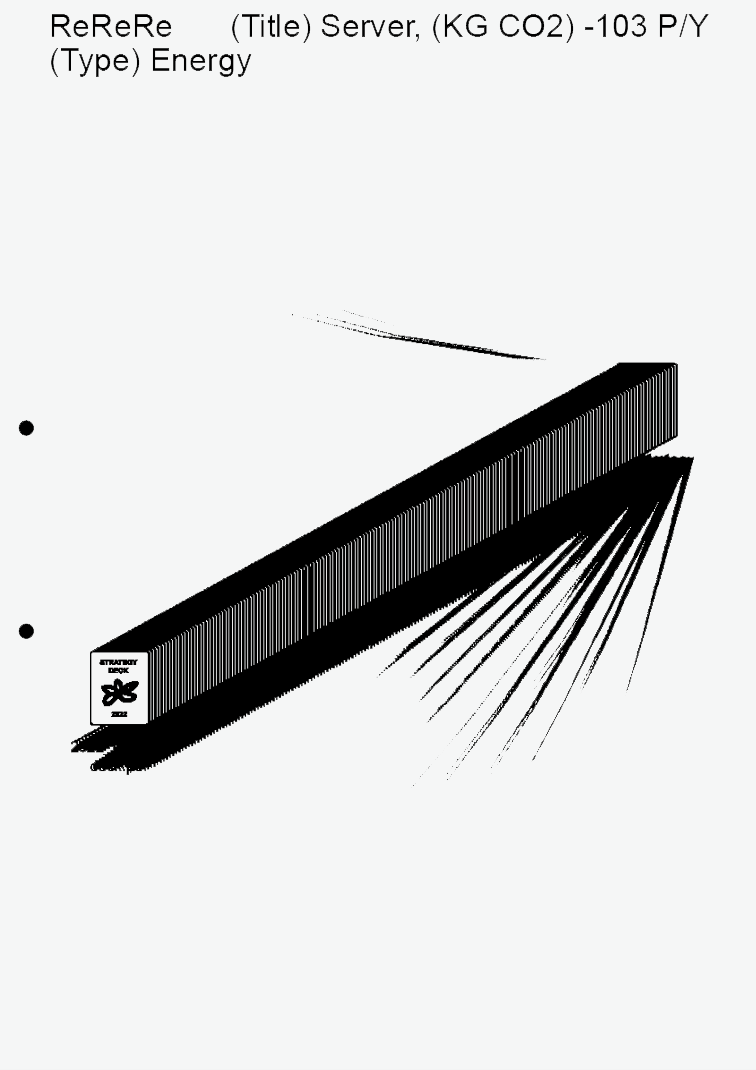
Type: Energy
Impact: -103 KG CO2 P/Y
Date: 24.10.2022
Author: Shaima Moon
Illustration: Melody de Jong
Our society is driven by data, powered by massive data centres that demand more and more energy. While ICT has been forecast to produce around 2% of the globe’s overall GHG emissions, the Global e-Sustainability Initiative report states that ICT will help combat global GHG emissions and, more specifically, CO2 emissions by 15%. This is because as fast as our need for data grows, so do ‘smart’ innovations to help reduce energy demand across diverse sectors of society. So how can we turn our ICT green?
Rethink
Has it ever crossed your mind that the internet and online services, such as data centres, around the world consume about 10% of global electricity? Most companies still use data centres that rely on energy powered by fossil fuels, coal and other dirty sources. Some even argue that it comes with the same cost to the environment as the airline industry.
With the number of connected devices growing, the growth in energy powering the online services and data that society relies upon shows no sign of slowing either. With about 20% annual growth in network traffic, the green transition in ICT becomes urgent. The growth is currently unsustainable, unchecked, and represents a threat to energy security and the potential to lower carbon emissions.
Repurpose
There are now more Internet-connected devices than the number of people. According to CloudScene Data of 110 countries with available information, as of January 2021, there were nearly 8,000 data centres globally. The data centres, often bigger than a football field, house endless stacks of servers handling many terabytes (thousands of gigabytes) of digital traffic. During heavy usage, the servers heat up and must be cooled to avoid overheating. This requires a lot of power.
Estimates imply that the Internet infrastructure (e.g. networks and data centres) is consuming more than the computers that they support. Looking beyond the use phase of these devices, data networks account for 90% of the total energy consumption for the entire lifecycle of tablets and smartphones.
But as this can have such a major impact on our environment, it also hosts the opportunity for large-scale improvements. When implementing sustainability strategies, you can’t forget about the fact that IT can really make a difference at the core and prevent data centres from using up all the world’s electricity. That’s why we’ve looked for the most sustainable way to go about our data storage.
Redesign
We shifted from external file servers to the cloud. We decided to move to Google Cloud, not just because it’s flexible and lightning-fast, but also because it gives us the opportunity to choose a sustainable solution for our digital traffic, and we make sure that our files are centralised on one Cloud, to limit our traffic. You’ll still need a data centre to host a Cloud solution, so it’s of the essence to go with a Cloud that makes sustainability and renewable energy as their main priority.
According to the last Greenpeace report on the greenest IT companies of 2017, Google is leading the way in this area. On average, a Google data centre uses 50% less energy than a typical data centre uses. In 2020, Google again matched 100% of its global electricity use with purchases of renewable energy — a goal it first hit in 2017. In a blog, Google says that it signed agreements to buy power from more than 50 renewable energy projects, with a combined capacity of 5.5 gigawatts — about the same as a million solar rooftops.
This makes Google the most sustainable data storage option.
For us, the cloud also limits our file traffic internally and externally with freelancers and clients, as we just share the link to the file. With the occasional use of a WeTransfer aside, we keep everything stored on one server.
Hopefully, this can continue to inspire and lead the way to an energy-efficient cloud market that’s run on renewables.
#rerere is our action program to rethink, repurpose and redesign our social and ecological footprint for the better. you can find all our #rereres here. We hope that it inspires you to take action. Because the only way to create a future that includes you plus new generations to come is when we all take action. #timeisup